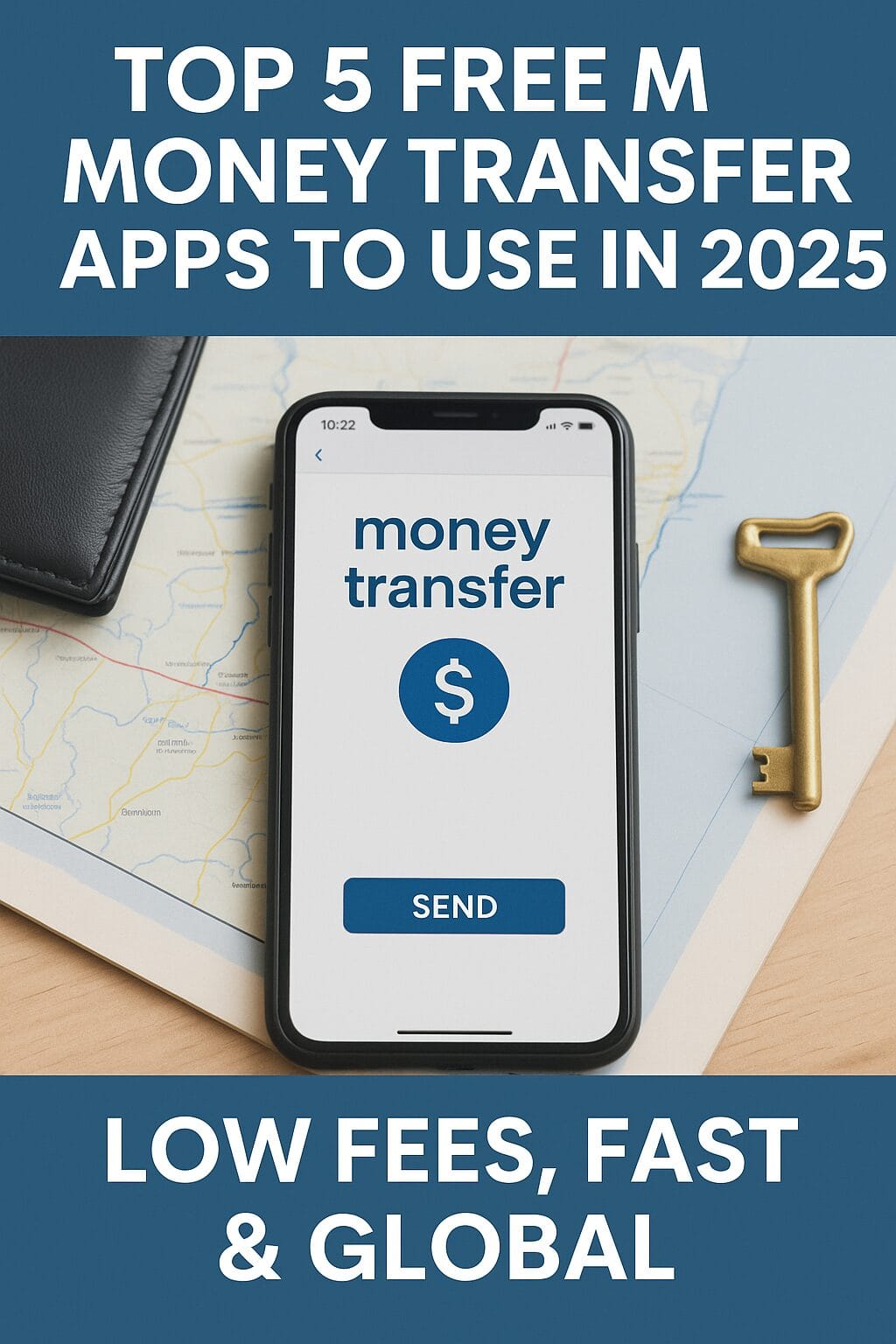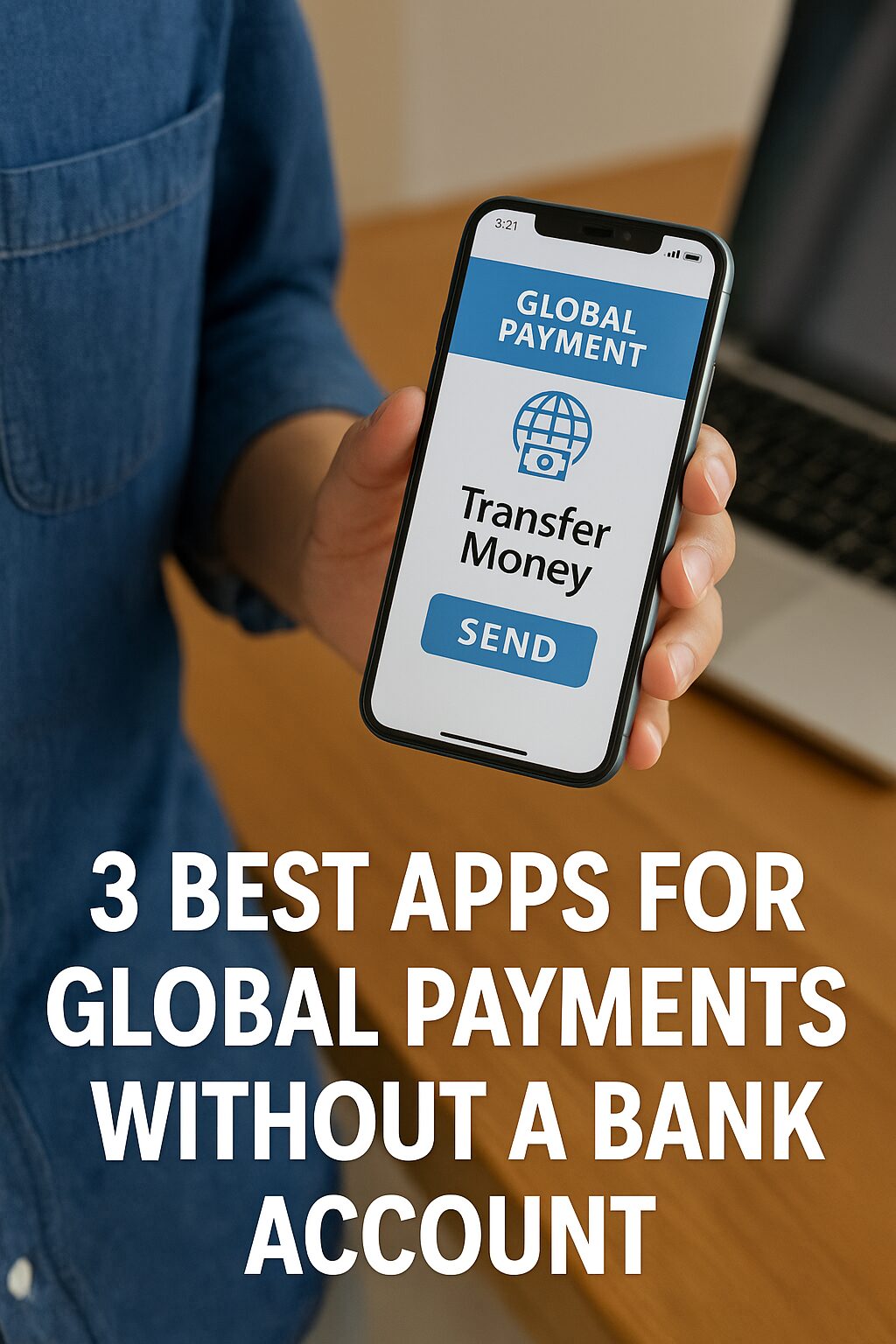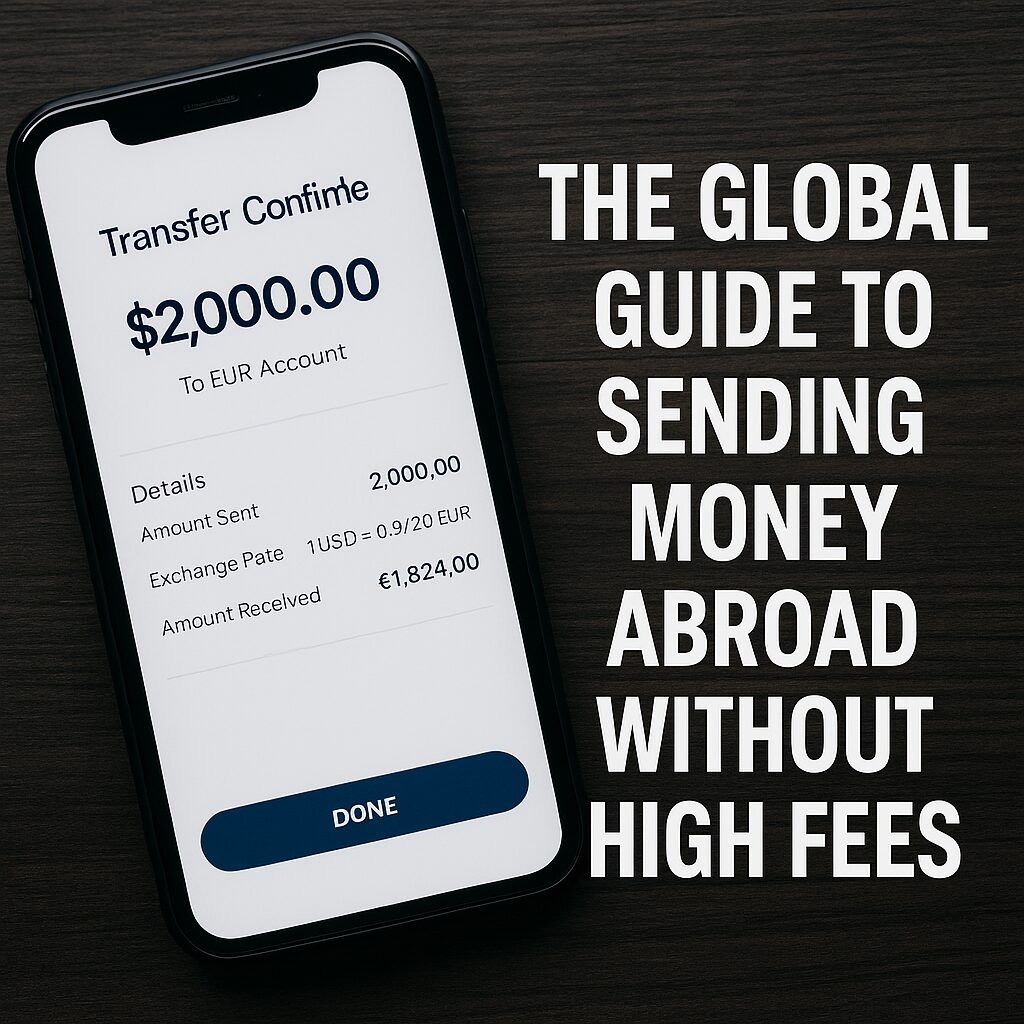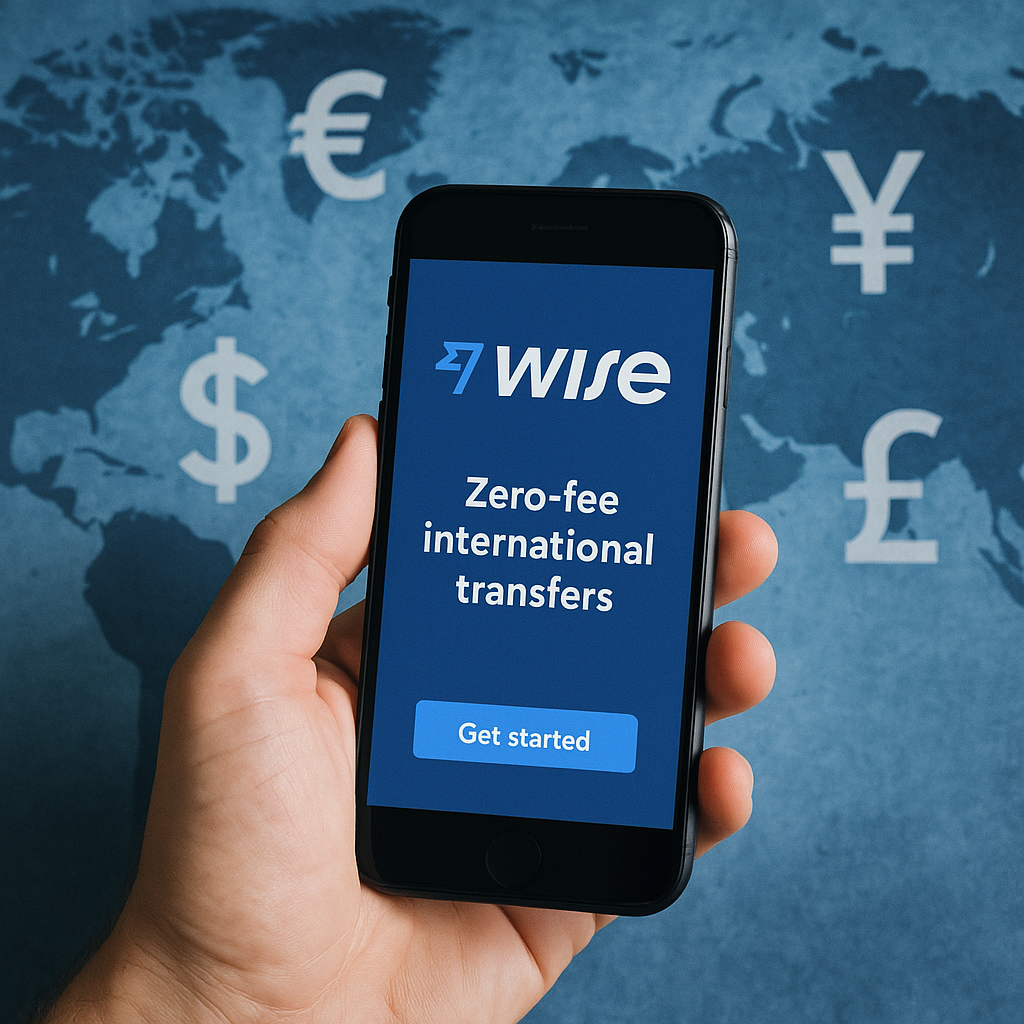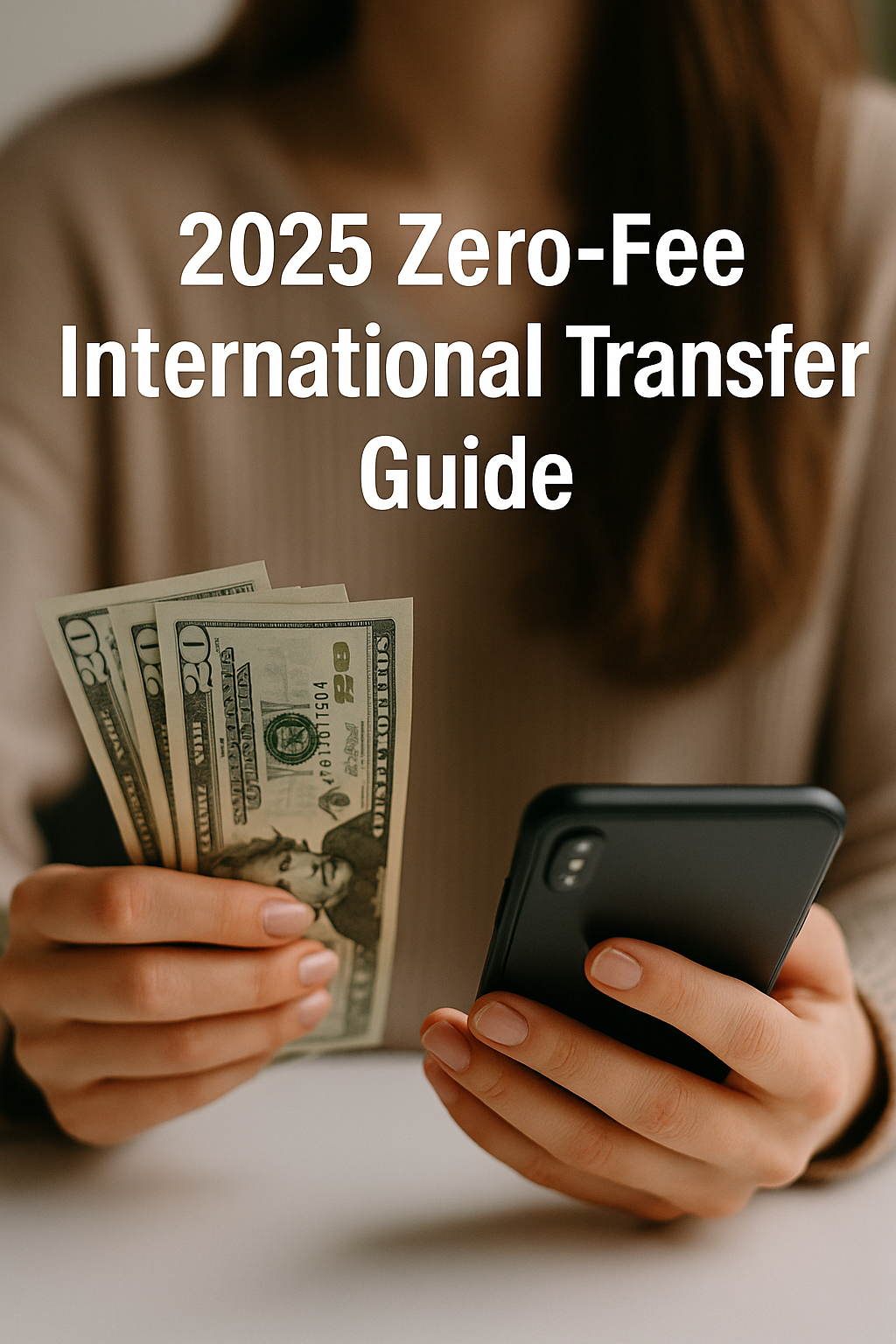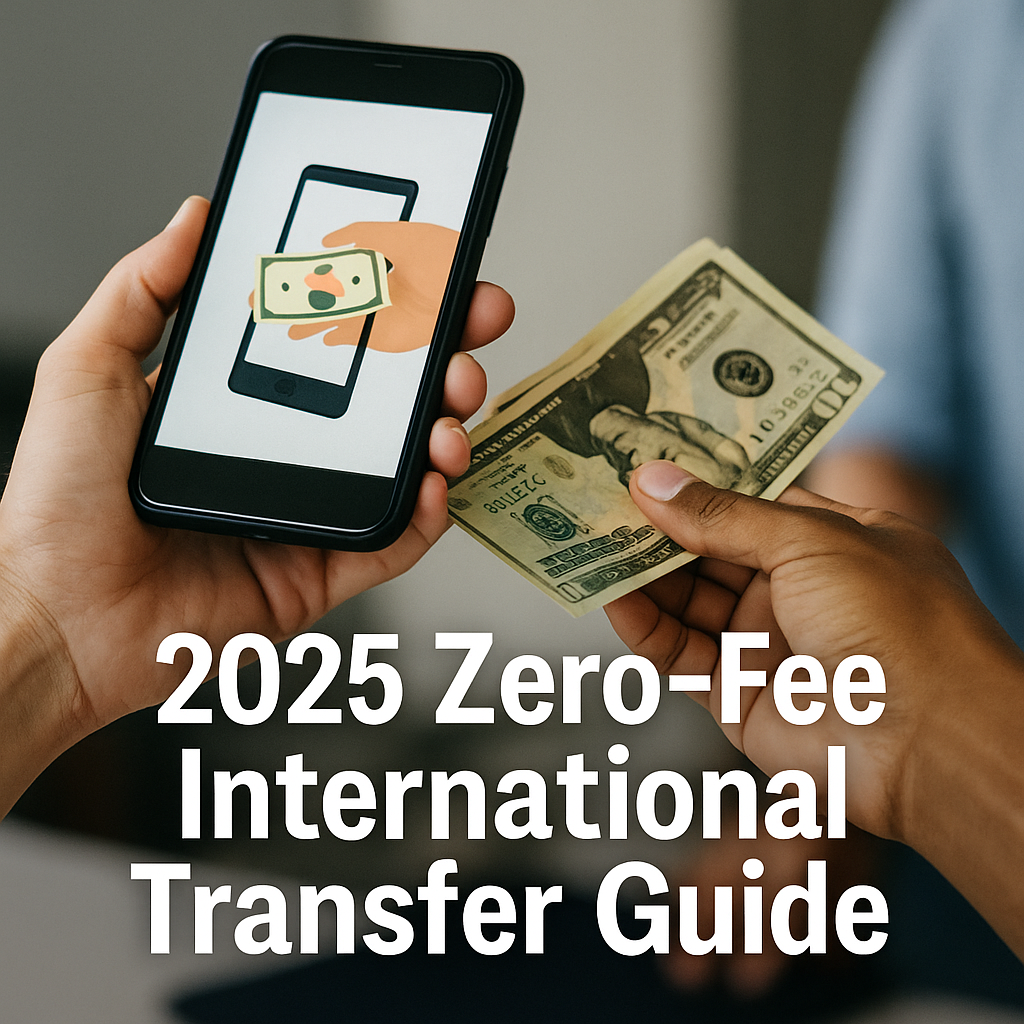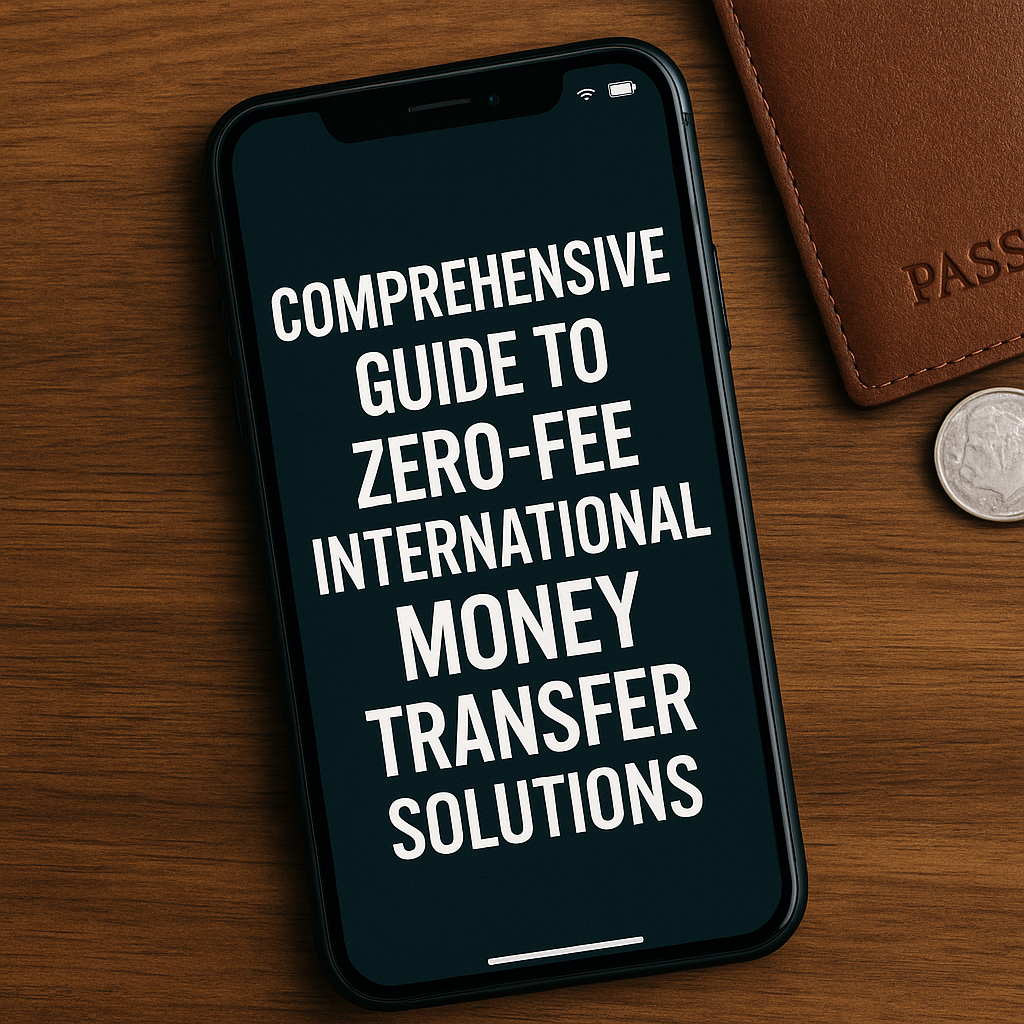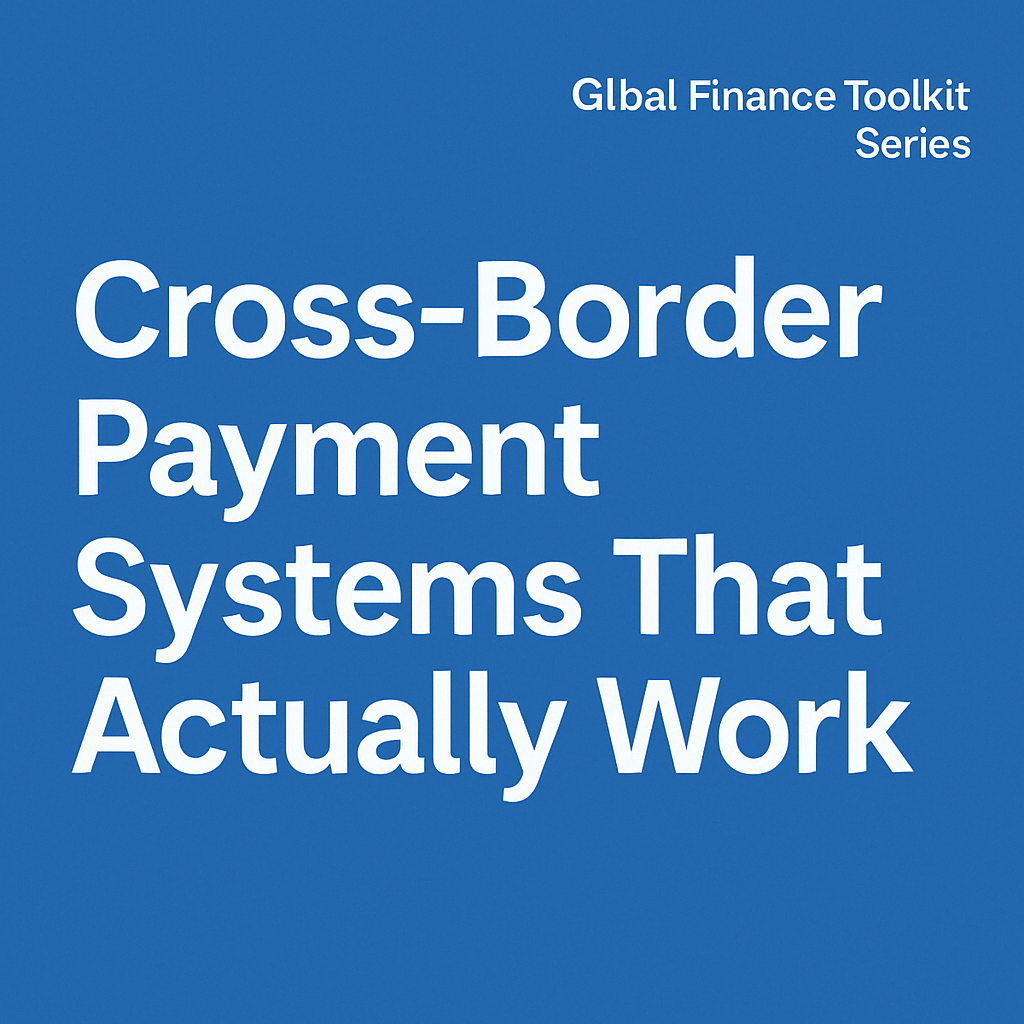Send money globally without high fees or stress.
Sending money across borders used to be expensive, slow, and full of hidden fees.
But in 2025, that’s no longer true — if you choose the right apps.
Whether you’re a freelancer receiving payments, a parent sending money to family abroad, or a traveler paying bills globally, this list is for you.
Here are the top 5 free or low-fee money transfer apps trusted by real users worldwide.
1. Wise (formerly TransferWise)
Best for: Transparent exchange rates and low fees
- Real-time exchange rates (no markups)
- Send money to over 70 countries
- Flat fee, no hidden costs
- Receive local bank details in multiple currencies (USD, EUR, GBP, etc.)
Why people love it: It’s fast, reliable, and shows exactly what you’ll pay.
2. Revolut
Best for: Sending + managing money globally in one app
- Built-in budgeting and spending tools
- Multi-currency accounts with live exchange rates
- Free transfers between Revolut users
- ATM withdrawals and virtual cards included
Bonus: Great for travelers or digital nomads who also want financial control
3. PayPal
Best for: Widely accepted, easy to use
- Send to anyone with an email
- Supports over 100 countries
- Fast transfers between accounts
- Can link directly to bank, debit, or credit cards
Note: Fees can be higher, but still useful for quick one-time payments
4. Remitly
Best for: Family remittances and instant transfers
- Send money to bank accounts, mobile wallets, or for cash pickup
- Especially popular in Asia, Africa, and Latin America
- Express and economy delivery options
- Promotional zero-fee rates for new users
Trusted by millions: Built specifically for fast, family-first transfers
5. Paysend
Best for: Fixed $1 fee transfers to cards worldwide
- Transfer money directly to Visa or Mastercard
- Works in over 100 countries
- Clear fixed fee, even for international payments
- No SWIFT codes or bank routing required
Simple & cheap: A new favorite for people who want card-to-card convenience
Final Tips Before You Send
- Compare exchange rates before you hit send
- Double-check recipient info — name, account, and country
- Look for promo codes or referral bonuses (some apps offer fee waivers)
You don’t need to overpay just to send money.
These apps are tested, global, and beginner-friendly — all you need is a phone and internet.
Next Post:
How to Build a Passive Income Blog in 30 Minutes a Day (2025 Real Strategy)
